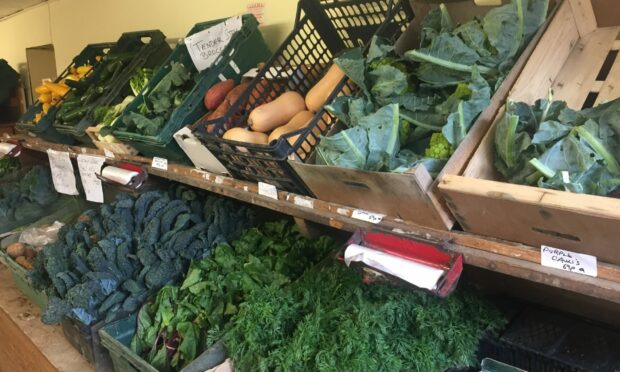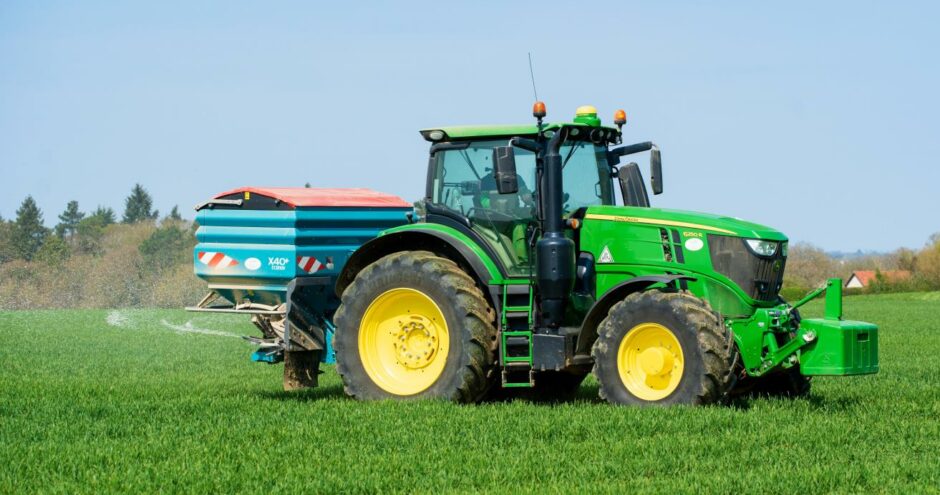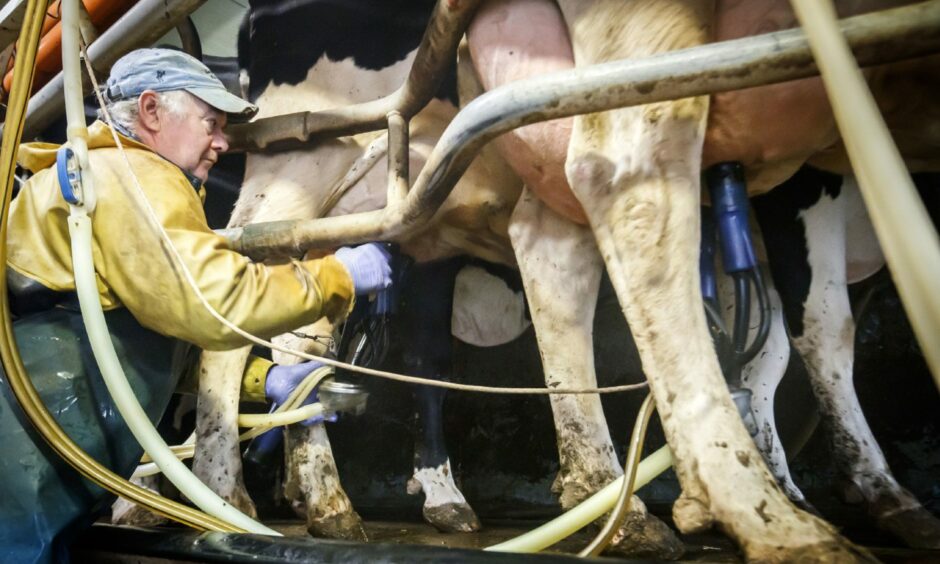The European Commission has published an Outlook report for agriculture which covers the next 10 years.
Whether it reflects reality or wishful thinking, it claims green trends will drive consumer demand.
Trends identified include a greater awareness of how food is produced, climate change concerns and a new focus on animal welfare.
Organic
It says this will drive demand for organic food while health concerns will increase demand for fruit and vegetables.
The report, covering 2021-31, says farm incomes will rise by a modest 0.7%
a year, and input cost increases will fall from an average 1.8% a year over the past decade to match the 0.7% increase in farm incomes.
However, fertiliser and fuel costs will continue to rise at 2.7% a year.
The report says farm labour will fall because of bigger farms and more mechanisation and claims that, because of its role as a carbon sink, forestry will grow and exceed traditional agricultural land by 2031.
The gloomiest section of the report is on the future for livestock products.
It suggests government policies and greater health awareness among consumers will add to pressure to reduce fat consumption towards World Health Organisation recommended levels.
It predicts a drop in demand for butter and cheese, while pig meat will be hit because China is moving towards self-sufficiency after years of being an open door for exporters.
For dairy, the report says the health-driven loss of markets in Europe should be made up for by increased export demand as Asian countries in particular continue to westernise diets in response to a growing middle class with increased spending power.
Demand in China for dairy products will continue to grow.
Cereals
The Outlook report says demand for cereals for feed will fall to reflect changes in consumer diets and the resulting reduction in livestock numbers, which will mean a decline in cereal production in favour of protein crops, as the EU seeks to reduce its reliance in imported soya.
The decline in cereal production and demand is forecast at around 3% by 2031 while protein crops could increase by 20% from a low base, thanks in part to higher yields.


